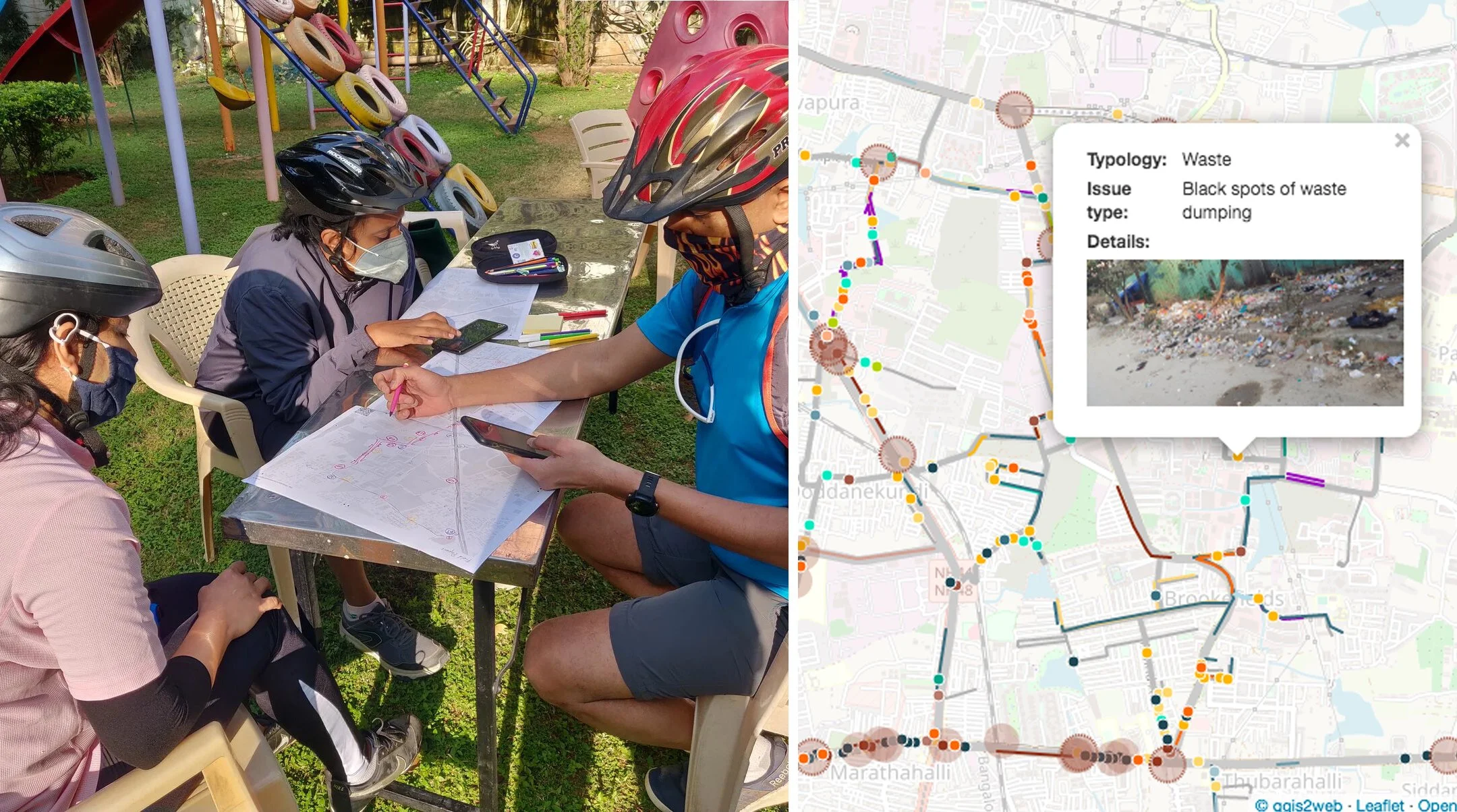RSIF Update: Asiem Sanyal
Ravi Sankaran Inlaks Fellow of 2015, Asiem Sanyal, recently had the opportunity to sight wild lemurs in the forests of Madagascar. Scroll down to see if you can spot the little critter camouflaged in all the foliage.
Madagascar, for many biologists, is the Mecca of biodiversity. A host of animal and plant species thrive here, which are not to be found anywhere else in the world. As a corollary, many of these species are at a high risk of extinction, because their numbers, while perhaps proportionate on a country-scale, are fairly few on a global scale. Each species is worthy of attention, but Madagascar has perhaps been best represented to the world by lemurs. The word lemur itself, derived from ‘lemures’ (ghosts or spirits in Roman mythology) might do justice to these bizarre endemic (native only to Madagascar) primates, of which nearly a hundred species are found on the island, adapted to various kinds of habitats and environments.
Having found myself in Madagascar (as a Programme Assistant working on filling knowledge gaps for the local conservation of marine flagship species), I resolved to see lemurs whenever I had the time and the opportunity to do so. Thus it was, towards the end of my stay in the ‘Big Island’, that I decided to visit Andasibe-Mantadia National Park. Located about 155 kms. or 3.5 hours away from the capital city of Antananarivo, the National Park is a protected area of forests, home to 11 species of lemurs.
Goodman's mouse lemur (Microcebus lehilahytsara) by Asiem Sanyal at Andasibe-Mantadia National Park
I reached around dusk, too late to see the park’s main draw, the Indri, largest lemur in the world. However, I was told I could participate in a ‘night trail’, lasting a couple of hours, which would give me the chance to encounter the park’s more elusive nocturnal residents, funnily enough at the other end of the size spectrum – mouse lemurs, the smallest primates in the world. Needless to say, I jumped at the opportunity!
It had rained that afternoon, and even in the pitch dark, one could feel the moisture heavy in the air. Invisible frogs treated us (the guide and I) to a lusty chorus, and mournful owls hooted, seemingly close-by but always out of sight. With the aid of a small headlamp, I attempted to step gingerly over slippery rocks and treacherous puddles, all the while trying to keep up with my guide. All around us, unseen but heard, the forest teemed with life.
Suddenly, a flash of movement under the beam of my guide’s headlamp! A small shape darted across a branch, and paused for a moment, snout quivering, looking right at us. It was tiny, just a few inches long, but it had big eyes, and these seemed to magnify the intensity of its stare. Brownish, with a white underbelly, it finally scurried down the branch to what the guide called its ‘nest’, made of leaves and located in the nook of the branch and the main trunk. “Brown mouse lemur” (Microcebus rufus), my guide whispered to me. “They are quite common here, and make these nests in groups of quite a few individuals”. I stood quite still, savouring the experience of having seen lemurs in the wild, particularly one of the smallest! But already my guide was urging me to start walking with him.
It was hard to believe how quickly the two hours flew by. As we walked back to base, my guide stiffened, and asked me to look at where he focused his beam, high among the branches of a tree. There, amidst the leaves, so still that it was easy to overlook it altogether, an even smaller species of mouse lemur peered down at us! This one, the Goodman’s mouse lemur (Microcebus lehilahytsara), was 10 cms. long, and, according to the guide, discovered as recently as 2005!
As we walked back to the main office, two men, one sedate, the other practically skipping with glee, I realised how fortunate I was to have seen these two species of lemur in their natural habitat. Big organisms may be readily seen and appreciated, but a host of smaller species hide in plain sight, under our very noses, and encountering them brings with it a different dimension of awe and delight.
Encircled: Goodman's mouse lemur (Microcebus lehilahytsara) by Asiem Sanyal at Andasibe-Mantadia National Park
Cover Image: Brown mouse lemur (Microcebus rufus) by Asiem Sanyal at Andasibe-Mantadia National Park








